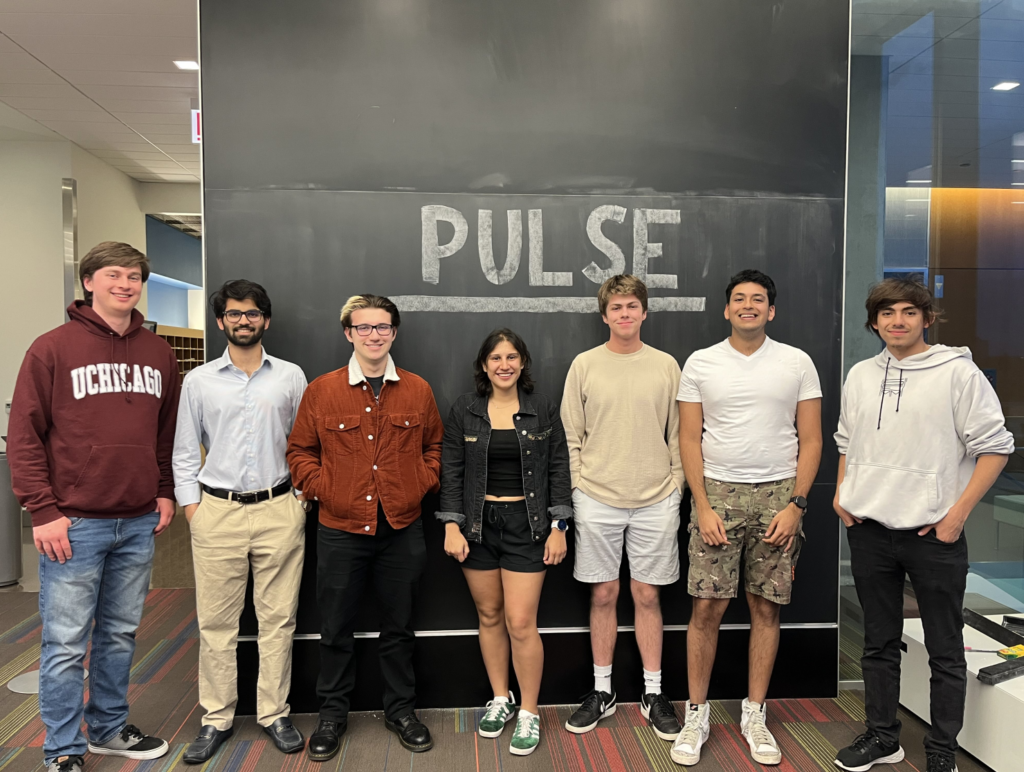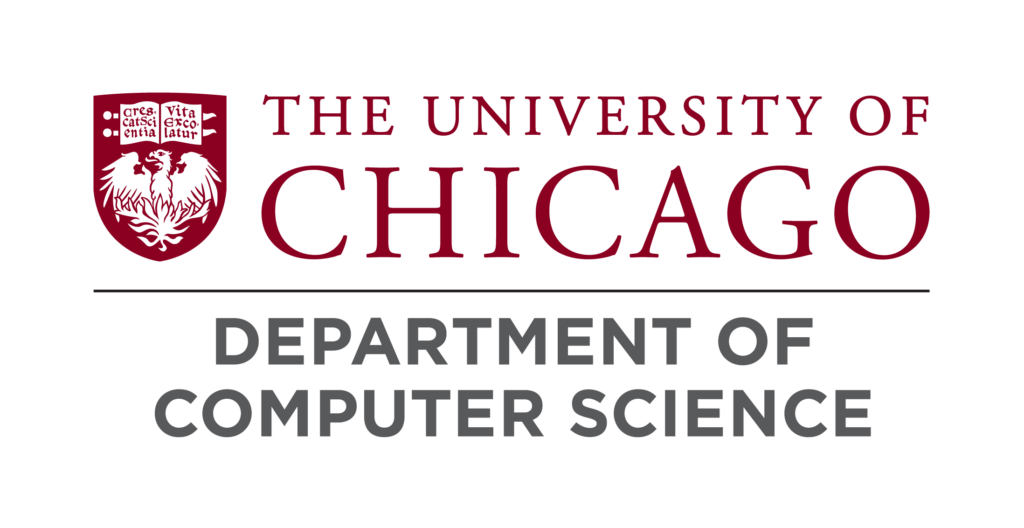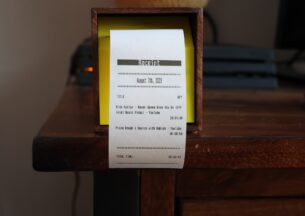NASA to Launch UChicago Undergraduates’ Satellite
A team of UChicago undergraduates is building a communications satellite smaller than a paper towel roll that will be launched into orbit courtesy of NASA’s CubeSat Launch Initiative.
While large satellites like the Hubble Space Telescope are the size of a bus and even “SmallSats” are the size of a refrigerator, CubeSats are a class of nanosatellites that can be as tiny as a 10-centimeter cube (roughly four inches).
Big science can come from these small devices. The UChicago team’s PULSE-A (Polarization modUlated Laser Satellite Experiment) CubeSat aims to make space-to-ground operations more difficult to intercept and jam, while increasing the speed of communications.
“The project that we settled on was building a 10 megabit-per-second space to earth laser downlink,” said PULSE-A Project Director Lauren Ayala, a Molecular Engineering and Astrophysics fourth-year. “We want to take a signal on the satellite and then send it to an optical ground station on the Earth.”

PULSE-A was designed and will be built by a group of 53 University of Chicago undergraduates from the Pritzker School of Molecular Engineering, the Physics Department, the Computer Science Department and the Department of Astronomy & Astrophysics.
Theirs was one of 10 projects from universities across the country selected in the most recent round of NASA’s CubeSat Launch Initiative. Since its inception in 2010, the program has launched more than 150 small research satellites into orbit, helping student-led projects explore the stars.
“We are constantly sending information to space with our phones. Space has become so accessible. But there’s something different about thinking how something you design and build is going to space,” said Physics and Philosophy first-year Juan Ignacio Prieto, the head of the optical ground station that will receive PULSE-A’s communications. “We’re shooting data through a laser and that means designing every part of the process and what goes in that laser somehow feels different than what goes in your phone.”
Design
Radio frequency has long been the typical approach for communications between earth and satellites. The UChicago team opted for lasers in part because of the additional security needed for a communications satellite, Ayala said.
“With lasers, you’re dealing with more directionality and you finish with less divergence. This means it’s a lot harder for people to listen and break your encryption,” she said. “Also, it’s a faster means of communication.”

The satellite will start with laser in space that is modulated to encode data with left- and right-handed polarization. The data will travel 800 km to an optical ground station back on Earth.
In November, the group submitted an 80-page proposal to NASA outlining their plans for a 10x10x23 centimeter CubeSat capable of tackling this challenge in a way that’s both space-efficient and, by satellite standards, inexpensive.
In March, NASA responded. Their project was among the ones selected to be launched. Although the launch location will be announced 8-12 months prior to launch, many past CSLI projects have launched from the International Space Station.
“I had never seen them launch satellites off the ISS,” said PULSE-A Outreach Lead James Passmore, a Physics second-year. “I just saw it on my Instagram feed the other day and I thought, ‘It reminds me of Star Wars.’”
Construction
Many on the team, including Ayala, will have graduated by the time PULSE-A launches.
“We have two and a half years to take the design that we’ve been working on last year and fabricate it ourselves. And then we hand it over to NASA,” Ayala said.
NASA will only cover the cost of the launch. The team must build it on their own.

Pritzker School of Molecular Engineering Prof. Tian Zhong lent the team a portion of an optical table on which to fabricate the device. Other faculty have pledged to help with system requirement reviews and other advisement needed for such a massive project, the last bits of which must be done in a cleanroom.
For the students, it will be an intense and time-consuming learning process.
“It’s also very fun,” James said. “I like to describe it as baking instructions. We spent the last year and a half writing the instructions. Now it’s time to bake the cake.”
UChicago’s PULSE-A project is expected to launch in late summer 2026.
Article originally published by the Pritzker School of Molecular Engineering














